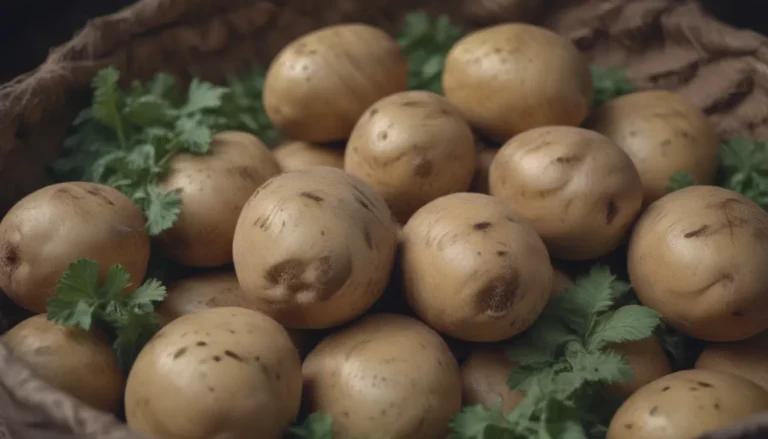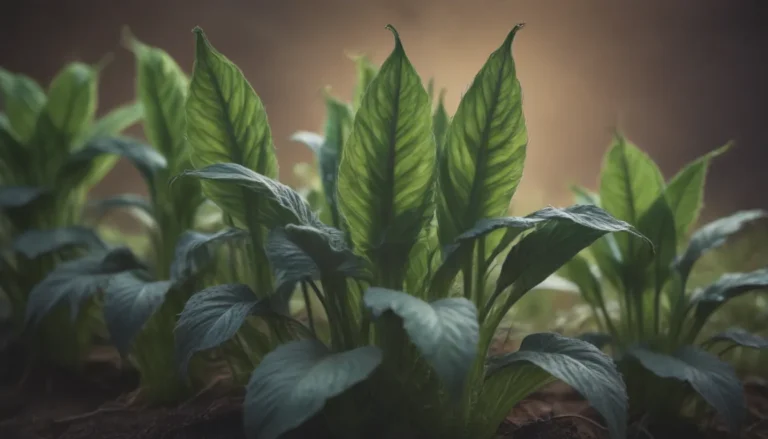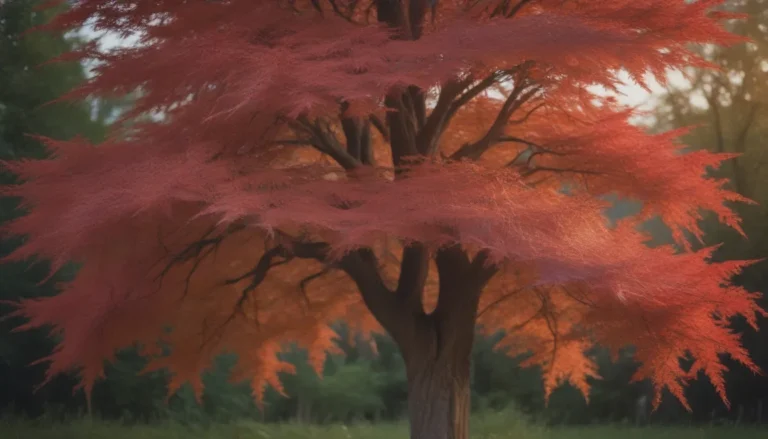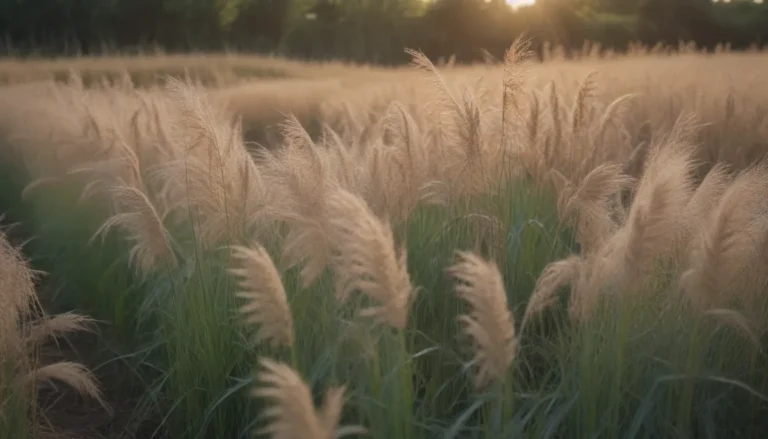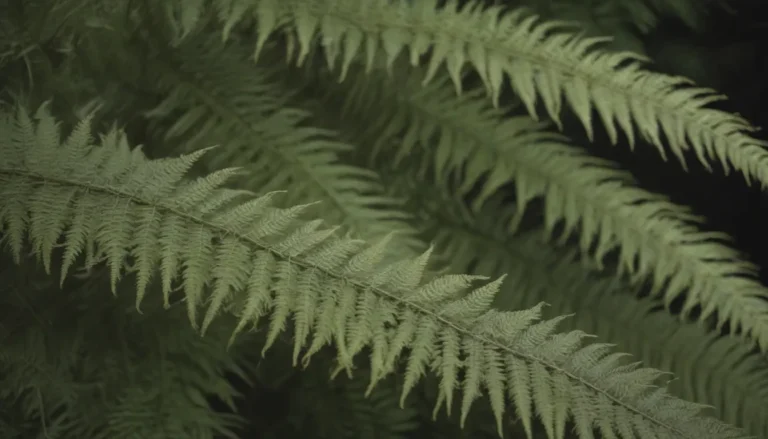The Ultimate Guide to Growing and Caring for Creeping Juniper
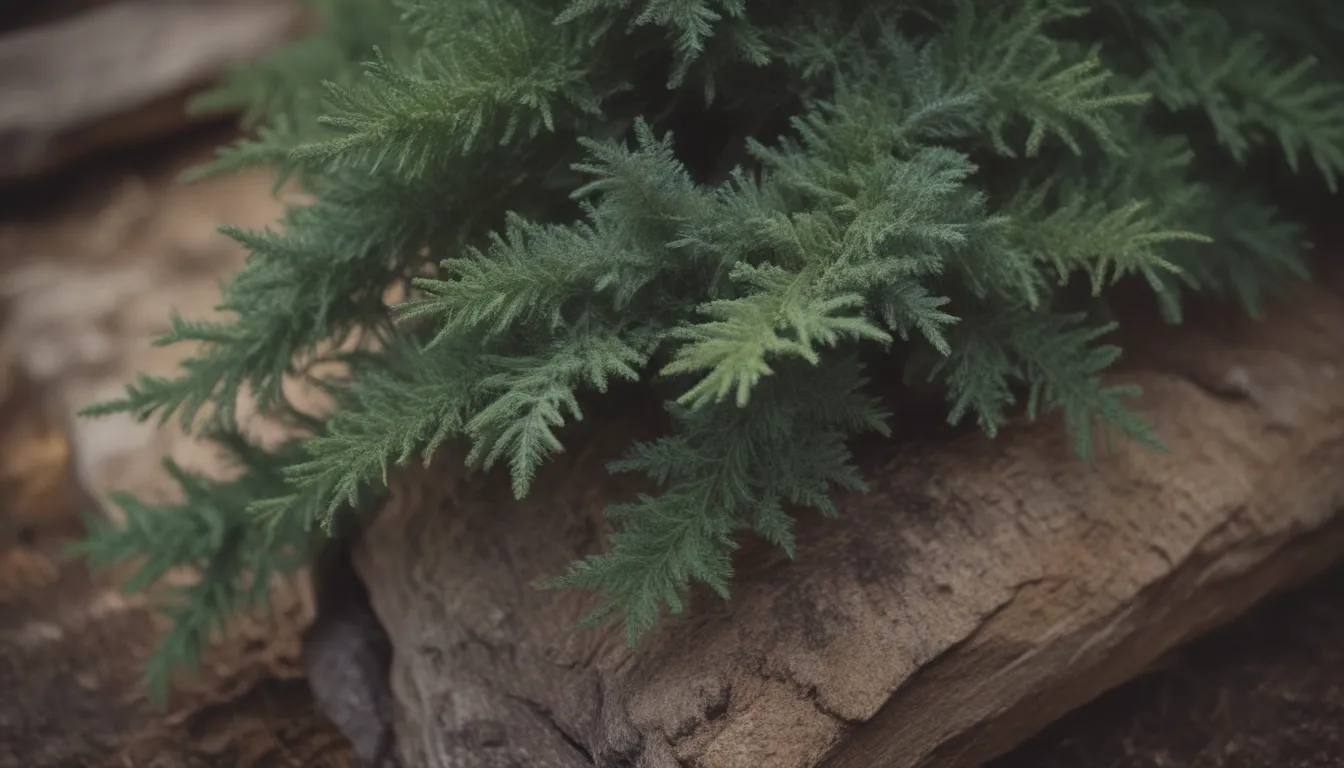
If you’re looking for a low-maintenance shrub that thrives in a variety of conditions, then creeping juniper may be the perfect choice for your garden. In this in-depth guide, we will explore everything you need to know about growing and caring for creeping juniper, from its preferred growing conditions to common issues you may encounter. So sit back, relax, and let’s delve into the wonderful world of creeping juniper!
Why Choose Creeping Juniper?
Creeping juniper, scientifically known as Juniperus horizontalis, is a versatile and hardy evergreen shrub that is perfect for adding color and texture to your garden. Here are some reasons why you might want to consider planting creeping juniper:
- Low maintenance: Once established, creeping juniper requires minimal care and attention.
- Drought-tolerant: Ideal for dry regions where xeriscaping is popular.
- Pest and disease resistant: Creeping juniper is not bothered by many common garden pests or diseases.
- Deer and rabbit resistant: A great option for gardens where wildlife may be a concern.
- Beautiful foliage: The aromatic blue-green foliage adds visual interest to your garden year-round.
Growing Conditions for Creeping Juniper
Creeping juniper is a resilient plant that can thrive in a variety of conditions. Here are some key factors to consider when growing creeping juniper in your garden:
Light: Creeping juniper thrives in full sun, requiring at least six hours of direct sunlight each day to maintain its vibrant color and promote healthy growth.
Soil: While creeping juniper prefers sandy soil with light to medium moisture, it is adaptable to a wide range of soil types, including poor quality and compacted soils. The key is to ensure the soil is well-drained to prevent root rot.
Water: Once established, creeping juniper is drought-tolerant and only requires occasional watering during prolonged dry spells. When first planted, young plants may need consistent moisture to help them establish roots.
Temperature and Humidity: Creeping juniper is a hardy plant that can thrive in a range of temperatures, from hot summers to cold winters. It is suitable for USDA gardening zone 3, where winter temperatures can drop as low as 40 degrees below zero.
Fertilizer: Creeping juniper does not require much fertilization and can thrive in poor soil conditions. Avoid fertilizing the plant in its first year after planting, and consider applying an all-purpose fertilizer once per year in the fall if desired.
Types of Creeping Juniper Cultivars
There are over one hundred cultivars of Juniperus horizontalis, each with its own unique characteristics. Some popular cultivars include:
- Juniperus horizontalis ‘Wiltonii’
- Juniperus horizontalis ‘Pancake’
- Juniperus horizontalis ‘Lime Glow’
- Juniperus horizontalis ‘Blue Acres’
These cultivars vary in height, spread, and foliage color, but all are low-growing plants with a moderately wide spread.
Pruning and Propagating Creeping Juniper
Pruning: Creeping juniper does not require regular pruning, but you can trim it back as needed to control its size. Choose varieties that are appropriately sized for your garden space to minimize the need for pruning.
Propagating: While it is technically possible to propagate creeping juniper from cuttings or seeds, it can be challenging and time-consuming. It is generally recommended to purchase established plants from nurseries or garden centers for best results.
Blooming Creeping Juniper
Creeping juniper is a dioecious plant, meaning that separate male and female plants are required for seed production. Male and female creeping junipers look similar in foliage but differ in their flowers. Female plants produce small berries containing seeds when fertilized by pollen from male plants.
Common Problems and Solutions
While creeping juniper is a hardy plant, it can occasionally encounter issues such as:
- Yellowing or browning foliage: This can be caused by fungal diseases, which thrive in overly wet or shady conditions. Trim affected foliage and treat with a fungicidal spray if necessary.
- Foot traffic damage: Creeping juniper is not suitable for high foot traffic areas, as it cannot withstand being stepped on.
- Invasive behavior: While some juniper species can be invasive, creeping juniper generally remains well-behaved in the garden.
In conclusion, creeping juniper is a versatile and low-maintenance shrub that can add beauty and resilience to your garden. By following the care tips outlined in this guide, you can enjoy a thriving and vibrant creeping juniper plant in your outdoor space. So go ahead, plant some creeping juniper, sit back, and watch your garden transform into a colorful and lush oasis!

